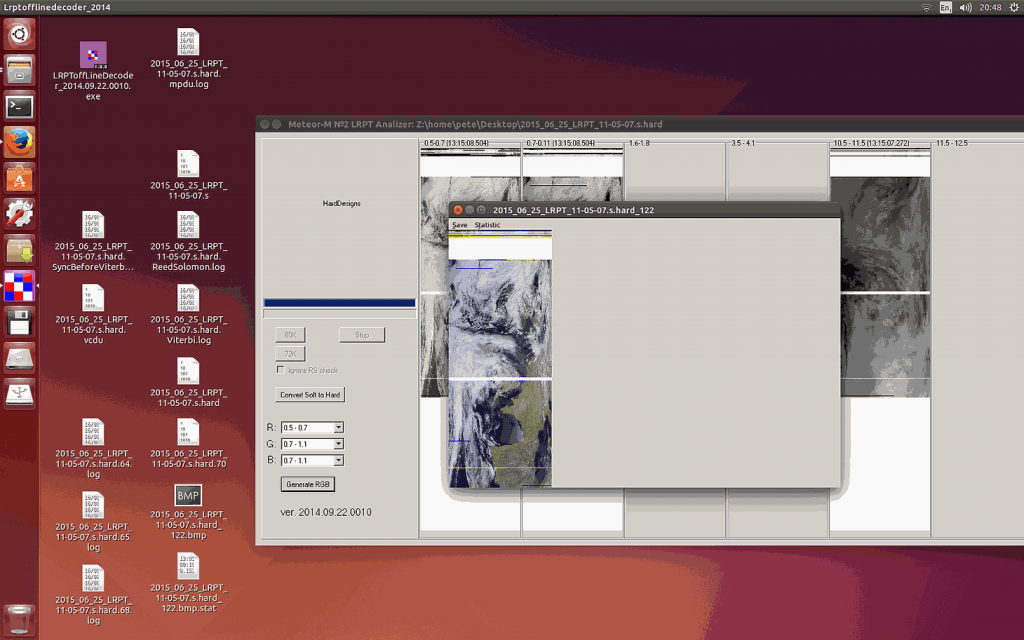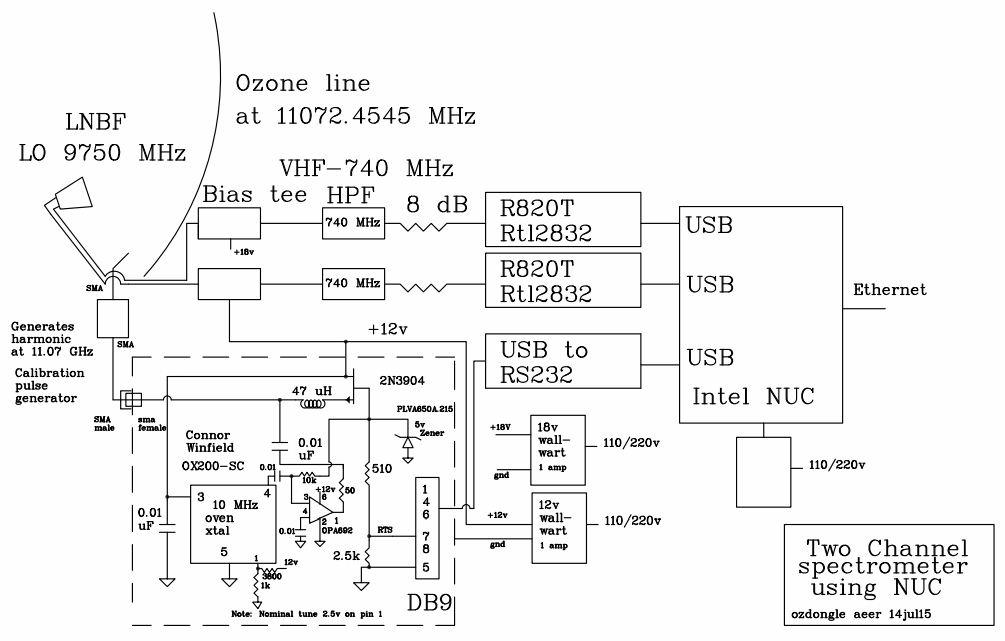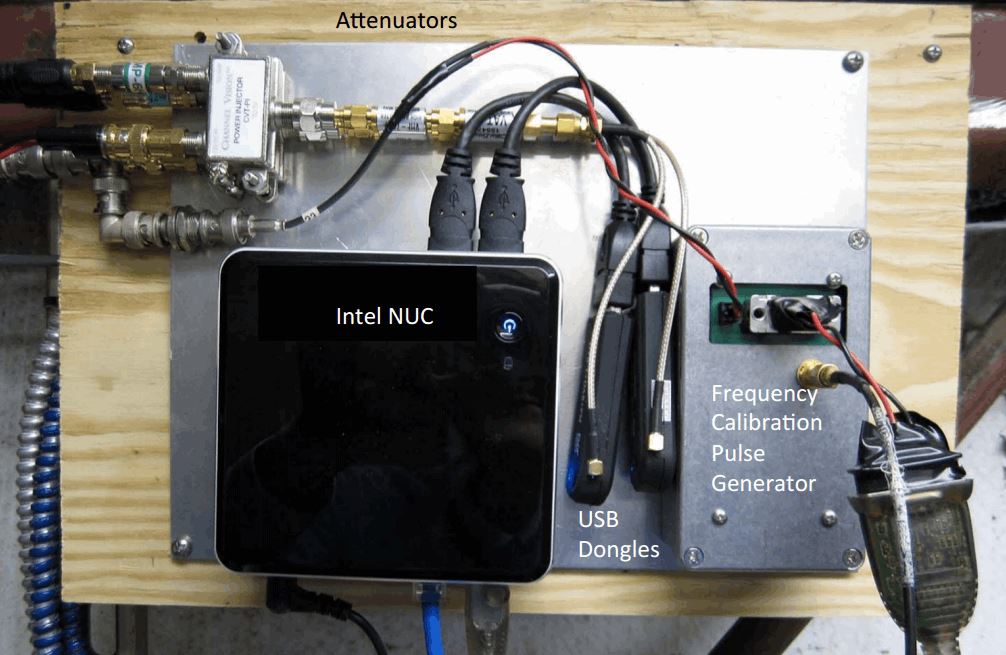CubicSDR v0.1.4 Beta Released
CubicSDR is a new and upcoming multi platform open source SDR software package that is compatible with the RTL-SDR. It is similar to programs like SDR#, HDSDR and SDR-Radio. Recently the programmers have released version 0.0.4-beta which adds several new features which we have listed below:
- Audio Spectrum visuals, drag the A/V visuals area to toggle between audio Scope and Spectrum
- Waterfall speed can now be controlled between 1 and 1024 lines per second
- Waterfall now continues to render while minimized or in background
- Waterfall/Spectrum can now be zoomed to 30khz window with improved resolution
- Spectrum averaging speed can now be controlled between 1% and 99%
- I/Q mode for piping decimated I/Q to other applications at audio sample rate
- Spectrum peak and floor decibels now displayed (can toggle off/on with ‘B’)
- Can now mute demodulator with ‘M’ button or pressing ‘M” while hovering
- Save and recall device Offset, I/Q swap, Direct sampling, Waterfall/Spectrum speed, Window state
- Performance and UI responsiveness improvements
- Can now use direct input for demod bandwidth
- Direct input < 3000 now assumes Mhz
- Additional device input sample rates
- Improved waterfall keyboard controls via arrow keys
- Can now specify alternate configuration name via -c (name) or -config (name) at command line
- Automatically reduce unused buffer memory over time
- Several crash fixes
CubicSDR is compatible with Windows, Linux and MacOS. It can be downloaded from www.cubicsdr.com.




